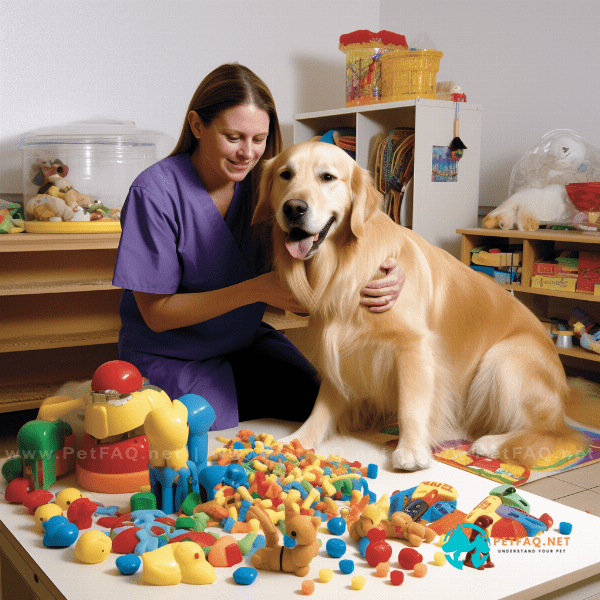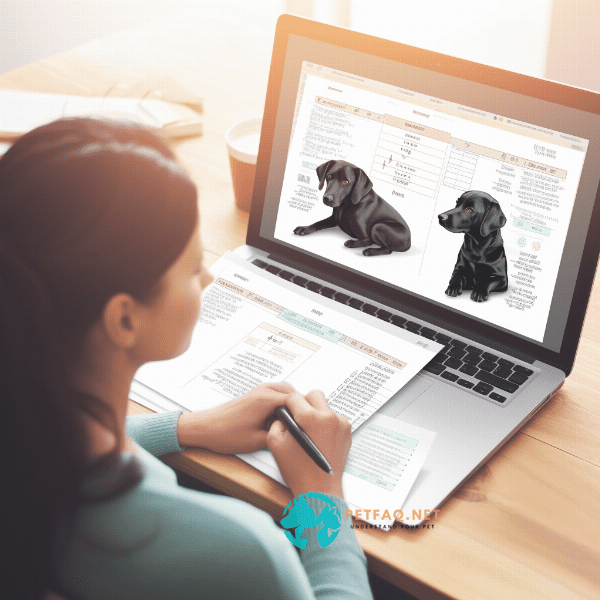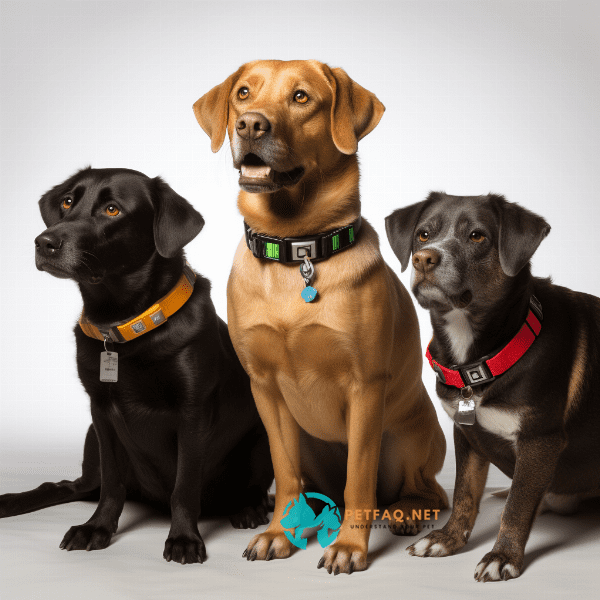Table of Contents
- Understanding Dog Behavior and Psychology
- Building a Strong Bond with Your Dog
- Positive Reinforcement Training Techniques
- Teaching Basic Commands: Sit, Stay, Come, and Down
- Leash Training and Walking Etiquette
- Crate Training and Housebreaking Tips
- Addressing Common Behavioral Issues
- Socializing Your Dog with Humans and Other Pets
- Training for Obedience and Agility Competitions
- Maintaining Consistency and Perseverance in Training
Understanding Dog Behavior and Psychology
Understanding dog behavior and psychology is crucial in order to train your furry companion effectively. Dogs are social animals with complex emotional and cognitive capabilities. By learning about their behavior and psychology, you can develop a better relationship with your dog, and ensure that they are happy and well-behaved.
One important aspect of understanding dog behavior is recognizing the body language that they use to communicate. For example, a wagging tail does not always mean that a dog is friendly, and can instead indicate fear or anxiety. Similarly, growling can be a sign of aggression, but it can also signal that a dog is feeling threatened.
It’s also important to understand that dogs respond best to positive reinforcement. Punishing or scolding your dog when they misbehave can actually make the behavior worse, and may damage the bond between you and your pet. Instead, reward good behavior with treats, praise, and affection. This will reinforce positive behaviors, and help your dog learn what is expected of them.
By taking the time to understand your dog’s behavior and psychology, you can lay the foundation for effective training. This will allow you to communicate more effectively with your pet, and build a stronger, more rewarding relationship.
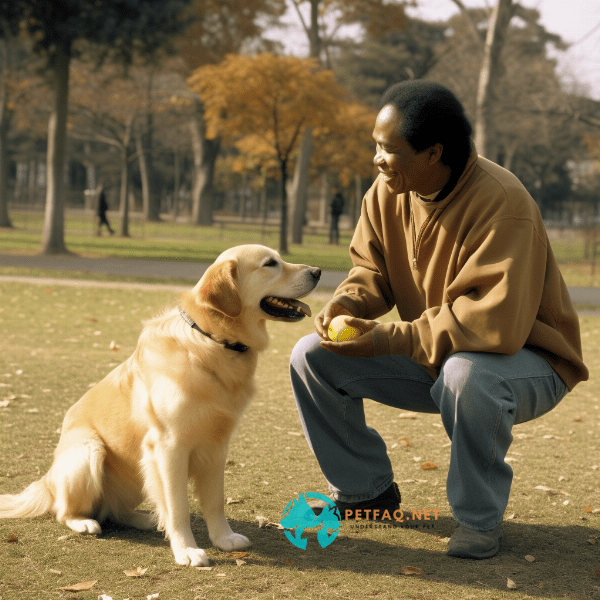
Building a Strong Bond with Your Dog
Building a strong bond with your dog is essential for successful training and a happy, healthy relationship. Dogs are social animals, and they crave human attention and affection. By building a strong bond, you will create a foundation of trust and respect that will make training easier and more effective.
There are many ways to build a strong bond with your dog. One of the most important is spending quality time together. Take your dog for walks, play with them, and engage in training activities. This will help you and your dog understand each other better and develop a deeper level of communication.
Another way to build a strong bond is through positive reinforcement. When your dog behaves well or completes a task, reward them with treats, praise, and affection. This will reinforce good behavior and create a positive association with training.
Finally, it’s important to be patient and understanding. Dogs are not perfect, and they make mistakes just like humans. By showing your dog patience and understanding, you will build a stronger bond and create a safe, comfortable environment for training.
In summary, building a strong bond with your dog is crucial for successful training and a happy, healthy relationship. Spend quality time together, use positive reinforcement, and be patient and understanding. By doing so, you will develop a deep, rewarding connection with your furry companion that will last a lifetime.

Positive Reinforcement Training Techniques
Positive reinforcement training techniques are among the most effective and humane methods for training dogs. These techniques rely on rewarding good behavior rather than punishing bad behavior, which can lead to a stronger, more trusting relationship between you and your pet.
One common positive reinforcement technique is clicker training. This involves using a clicker to make a distinct sound when your dog does something you want them to repeat. The click is followed by a treat, which reinforces the behavior and helps your dog understand what you are asking them to do.
Another effective technique is shaping. This involves breaking a behavior down into small steps and rewarding your dog for each step until they complete the entire behavior. For example, if you want your dog to learn how to sit, you might reward them for standing still, then for bending their knees, then for sitting briefly, until they eventually understand that sitting earns a reward.
Using positive reinforcement training techniques can help you and your dog communicate more effectively and build a stronger bond. By rewarding good behavior, you will help your dog understand what is expected of them and create a more positive training experience.
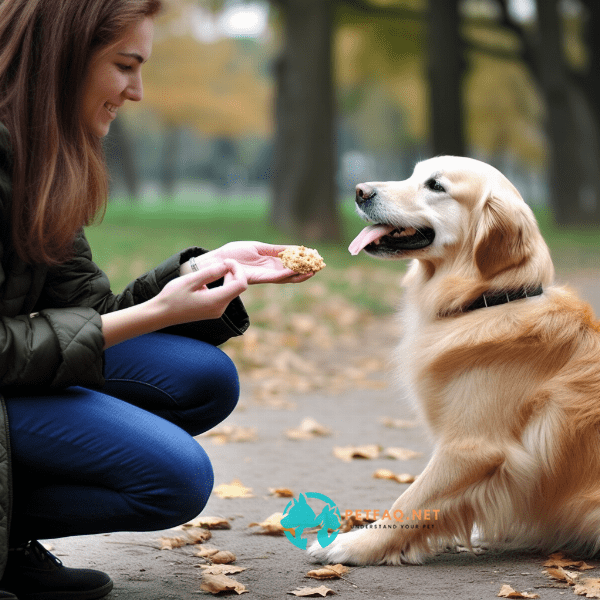
Teaching Basic Commands: Sit, Stay, Come, and Down
Teaching your dog to sit is usually the first command that is taught. To do this, hold a treat above your dog’s head and slowly move it back over their head, causing them to naturally sit down. As they sit, say “sit” and give them the treat. This will help them associate the action with the command.
Next, teach your dog to stay. This command is important for keeping your dog in place and preventing them from running off. Start by asking your dog to sit, then hold your hand out, palm facing your dog, and say “stay”. If your dog stays in place, reward them with a treat and praise.
The come command is important for getting your dog to return to you. Start by standing a short distance away from your dog and saying “come” in an excited voice. As your dog approaches you, reward them with a treat and praise.
Finally, teach your dog to lie down. This command is useful for getting your dog to calm down and relax. Start by asking your dog to sit, then hold a treat in your hand and slowly lower it to the ground. As your dog follows the treat, say “down” and reward them when they lie down.
Teaching basic commands to your dog is an important part of their training. By doing so, you will be able to communicate more effectively with your pet and prevent problem behaviors. With consistency and patience, your dog will soon learn these basic commands and be on their way to becoming a well-behaved companion.
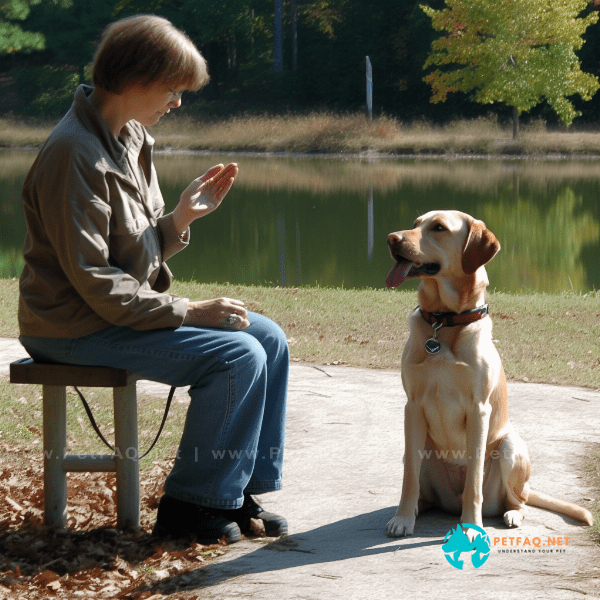
Leash Training and Walking Etiquette
Leash training and walking etiquette are important skills to teach your dog, as they will help you to safely and comfortably take your pet for walks. Leash training involves teaching your dog to walk calmly on a leash without pulling or getting distracted.
To start, attach a leash to your dog’s collar and let them get used to the feeling of being tethered. Once your dog is comfortable with the leash, start walking slowly and keep the leash slack. If your dog pulls, stop walking and wait until they calm down before continuing.
It’s important to reward your dog for good behavior during leash training. When they walk calmly on the leash without pulling or getting distracted, give them a treat or praise. This will help reinforce the desired behavior.
Walking etiquette is also important for a pleasant walking experience. Teach your dog to walk on the left side, with the leash held in your right hand. This will help prevent tangling and ensure that your dog is not pulling you in different directions.
It’s also important to teach your dog to be polite to other people and dogs while on walks. This means not jumping on or lunging at other dogs or people, and staying calm and focused while passing by.
By teaching your dog proper leash training and walking etiquette, you will be able to take them for enjoyable walks and ensure their safety. With patience and consistency, your dog will soon learn these skills and be on their way to becoming a well-behaved walking companion.
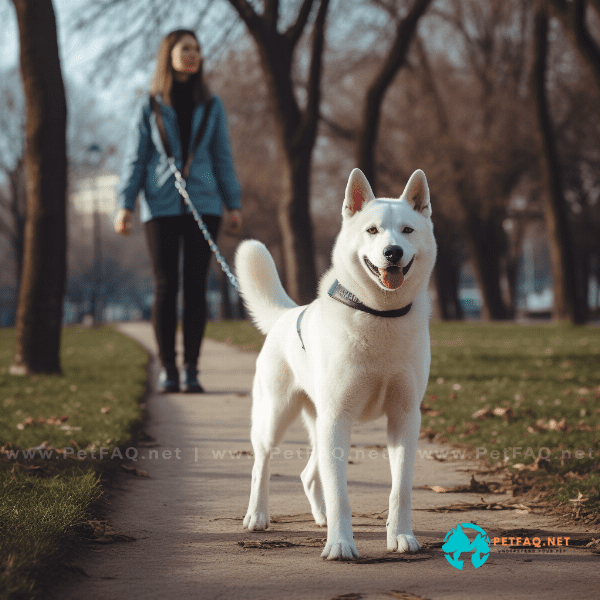
Crate Training and Housebreaking Tips
Crate training and housebreaking are essential parts of basic dog training. Crate training involves teaching your dog to be comfortable and relaxed in a crate, which can be useful for a variety of situations, such as during travel or when your dog needs a safe space to rest. Housebreaking, on the other hand, involves teaching your dog to relieve themselves outside and not in the house.
To crate train your dog, choose a crate that is large enough for them to stand up, turn around, and lie down in. Place a comfortable bed or blanket in the crate and leave the door open. Allow your dog to explore the crate and gradually encourage them to spend more time inside.
To housebreak your dog, establish a consistent routine for feeding and taking them outside to use the bathroom. Take your dog outside immediately after they wake up, after they eat, and after they play. When your dog does their business outside, reward them with treats and praise.
It’s important to supervise your dog closely during the housebreaking process to prevent accidents. If your dog does have an accident inside, clean it up immediately and do not punish them. Instead, continue with the routine and encourage them to go outside for future potty breaks.
By crate training and housebreaking your dog, you will create a comfortable and hygienic environment for them, and establish good habits that will last a lifetime. With patience and consistency, your dog will soon learn these skills and be on their way to becoming a well-behaved and house-trained companion.
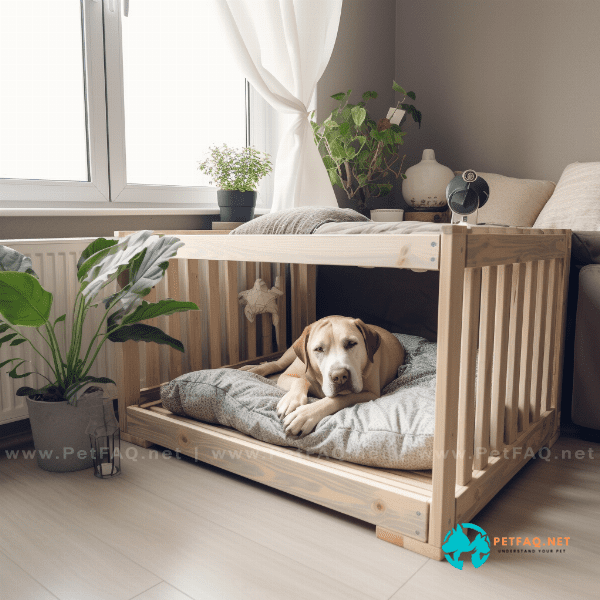
Addressing Common Behavioral Issues
Addressing common behavioral issues is an important aspect of basic dog training. Some of the most common behavioral issues include barking, chewing, and jumping. These behaviors can be frustrating for pet owners, but with patience and consistency, they can be addressed and corrected.
To address excessive barking, it’s important to understand the reason behind the behavior. Dogs may bark to alert their owners of potential threats or to get attention. To prevent excessive barking, try to minimize the triggers that cause your dog to bark, such as loud noises or visitors. You can also teach your dog to stop barking on command, and reward them when they do.
Chewing is another common issue that can be addressed through training. Provide your dog with plenty of chew toys and discourage them from chewing on inappropriate objects, such as furniture or shoes. When you catch your dog chewing on something they shouldn’t, redirect their attention to a chew toy and praise them when they start chewing on it.
Jumping is a common behavior that can be frustrating and even dangerous, especially for larger dogs. To prevent jumping, teach your dog to sit and stay when greeting people, and reward them for good behavior. Consistency is key when addressing jumping behavior.
By addressing common behavioral issues through positive reinforcement training, you will be able to correct unwanted behaviors and create a better relationship with your dog. With patience and consistency, your dog will learn good habits and become a well-behaved companion.
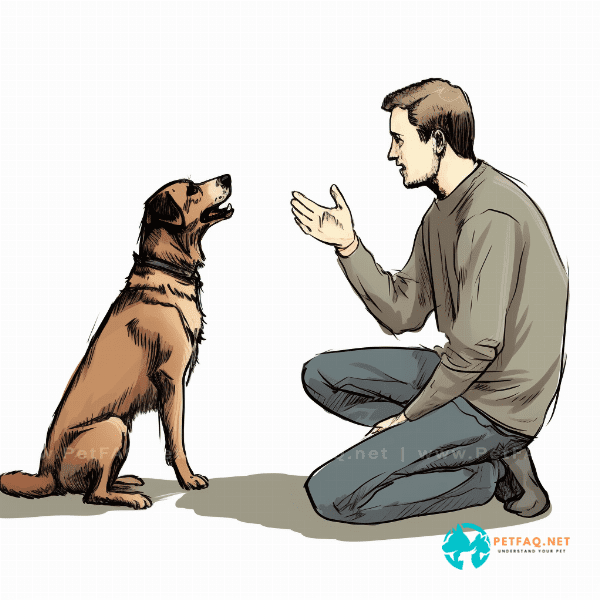
Socializing Your Dog with Humans and Other Pets
Socializing your dog with humans and other pets is a crucial aspect of basic dog training. Proper socialization will help your dog feel comfortable and confident in new environments and situations, and will prevent anxiety and aggression towards strangers and other animals.
To socialize your dog with humans, introduce them to a variety of people of different ages, genders, and ethnicities. Encourage your dog to interact with these people in a positive and non-threatening way, using treats and praise to reward good behavior. It’s important to supervise your dog closely during these interactions to ensure their safety and the safety of others.
Socializing your dog with other pets can be more challenging, but is equally important. Start by introducing your dog to other dogs that are friendly and well-behaved. Allow the dogs to interact while closely supervising their behavior. Over time, gradually increase the amount of time that the dogs spend together, and continue to reward good behavior.
Socialization should be an ongoing process throughout your dog’s life, and should include exposure to new environments and experiences. Taking your dog on walks in busy areas, to dog parks, and on car rides are all great ways to help your dog become well-socialized.
By socializing your dog with humans and other pets, you will help them become a confident, well-adjusted companion that is comfortable in any situation. Socialization is an essential part of basic dog training, and is crucial for the long-term happiness and well-being of your dog.
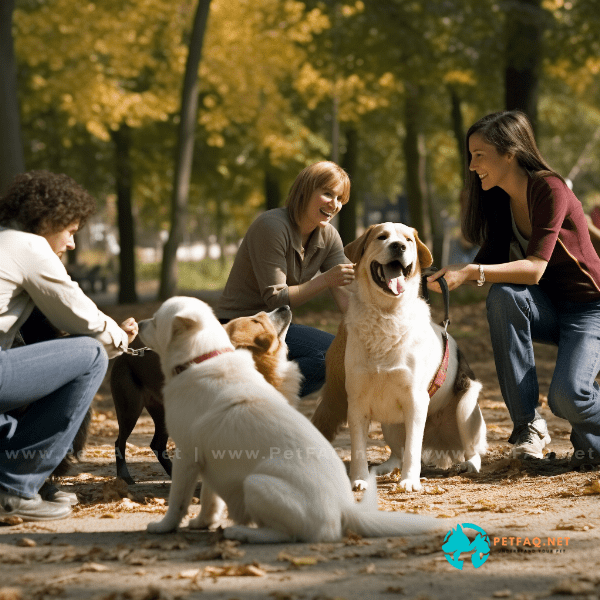
Training for Obedience and Agility Competitions
Training for obedience and agility competitions can be a fun and rewarding way to bond with your dog and improve their overall behavior and fitness. Obedience competitions test your dog’s ability to follow commands and respond to cues, while agility competitions test their physical and mental agility.
To prepare for obedience and agility competitions, start by working on basic commands, such as sit, stay, come, and heel. These commands are the foundation for more advanced training and will help your dog develop good habits and behavior.
Once your dog has mastered basic commands, you can start to work on more advanced obedience training, such as off-leash training and competition-specific commands. Agility training involves teaching your dog to navigate obstacle courses, such as jumps, tunnels, and weave poles. This training can improve your dog’s physical fitness, coordination, and mental acuity.
Training for obedience and agility competitions requires patience, consistency, and a lot of practice. It’s important to use positive reinforcement techniques and rewards to encourage good behavior and keep your dog motivated.
Participating in obedience and agility competitions can be a fun and rewarding way to bond with your dog and show off their skills. It’s important to remember that these competitions should be a positive and enjoyable experience for both you and your dog. With the right training and preparation, your dog can become a confident and skilled competitor in obedience and agility competitions.
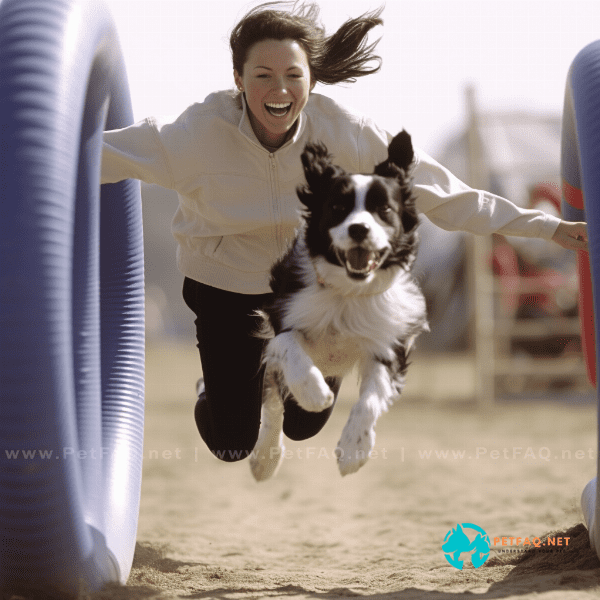
Maintaining Consistency and Perseverance in Training
Maintaining consistency and perseverance in training is essential for the success of any basic dog training program. Dogs thrive on routine and consistency, and they need clear and consistent cues and commands to learn and understand what is expected of them.
To maintain consistency in training, it’s important to establish a routine for your dog that includes regular training sessions and a set schedule for feeding, exercise, and playtime. Stick to a consistent training schedule and use the same cues and commands each time you train your dog. This will help your dog understand what is expected of them and make training more effective.
Perseverance is also crucial in dog training. It takes time and effort to train a dog, and there will be setbacks and challenges along the way. It’s important to stay positive and patient, and to continue training consistently even when progress is slow.
It’s important to remember that every dog is different and learns at their own pace. Some dogs may take longer to learn certain commands or behaviors, and some may need extra reinforcement or guidance. It’s important to be patient and to adjust your training approach to suit your dog’s individual needs and personality.
By maintaining consistency and perseverance in training, you can help your dog become a well-behaved and obedient companion. Training is an ongoing process that requires commitment and dedication, but with the right approach and attitude, you can achieve great results and enjoy a happy and harmonious relationship with your furry friend.
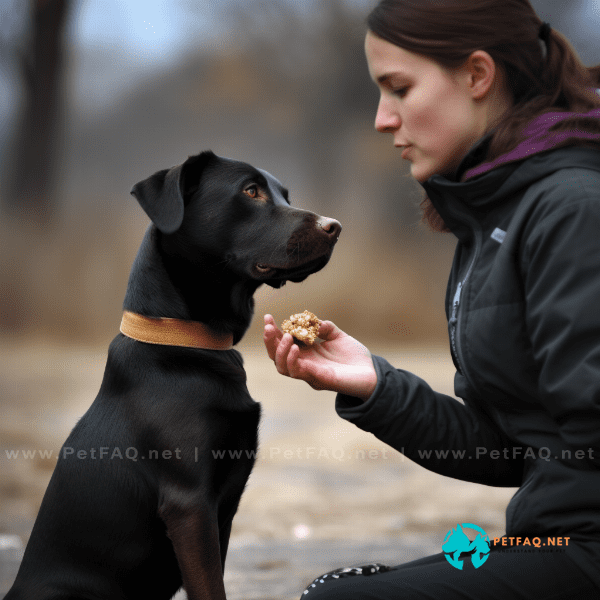
Frequently Asked Questions (FAQs) about Basic dog training:
1. How do you train a dog to not jump on people?2. How do I train my dog to obey commands without treats?
3. What are some common mistakes to avoid during dog training?
4. How do you train a dog to not bark excessively?
5. How do you train a dog to stay in one place?

